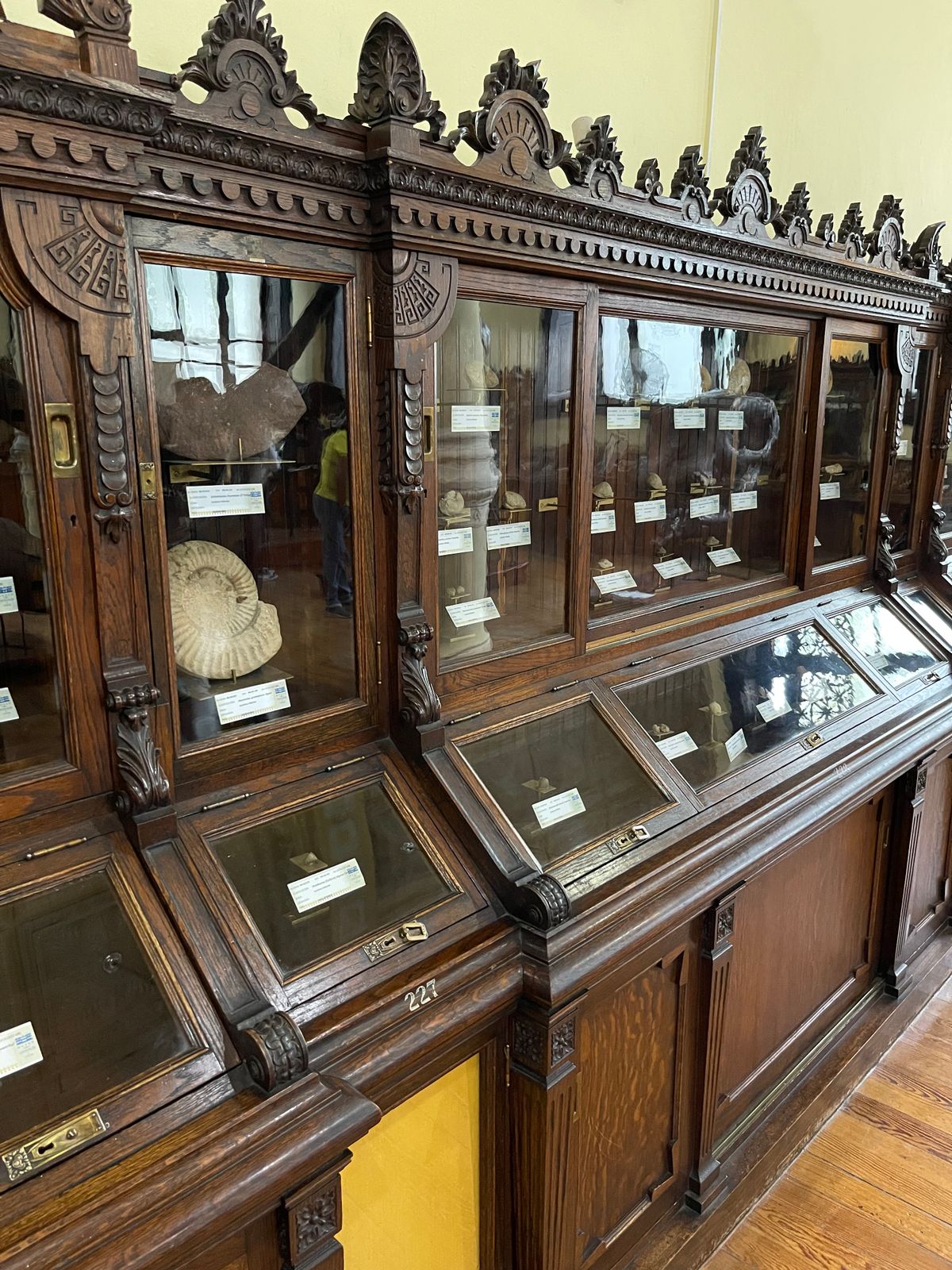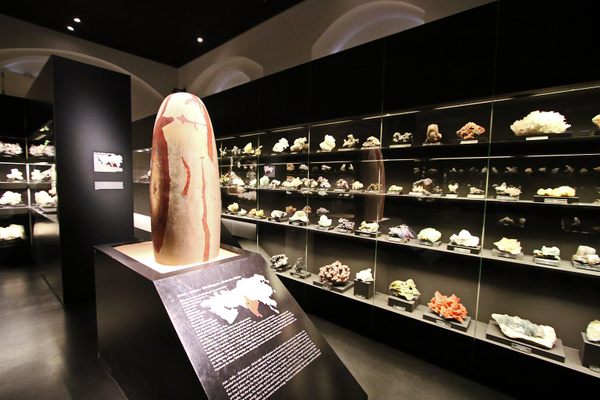About
On February 8, 1969, at 1:05 a.m., a meteorite fell in the Mexican state of Chihuahua, lighting the sky with a brilliant fireball and falling to the ground in pieces. It’s the largest carbonaceous chondrite ever found on Earth. Today, the chunk of space rock it is known as "the most studied meteorite in history."
The meteorite, dubbed the Allende meteorite after the location near which it fell, was the size of a car and traveled a speed of more than 10 miles per second. After gathering bits of the fallen meteorite, scientists determined it contains materials that are 4.567 billion years old—30 million years older than the Earth itself.
Some pieces of the meteorite are displayed in the meteorite room of the Museo de Geología de la UNAM (the Museum of the Institute of Geology). Though the meteorite is a magnificent specimen to view, it isn’t the only object worth admiring.
The museum also houses a crystal fragment from the Naica Mine; examples of Legrandite and Vanadinite, two unique minerals discovered in Mexico; samples of ash and volcanic rock from Paricutín, the first volcano modern scientists were able to document the full life cycle of; and a clock with a dial made with meteorite dust.
The museum’s most-visited room is the Fossils Hall, which shows insects preserved in amber and the remains of Pleistocene megafauna such as mammoths and giant ground sloths. The crown jewel of this room is the duck-billed dinosaur, a beast first discovered in Mexico. A fragment of its femur is displayed next to a reconstruction of the dinosaur; the rest of its bones remain in conservation within the museum.
The building itself has its own history, too. It was built in the 19th century to house the Institute of Geology and was made with volcanic rocks. Its facade shows dinosaur skeletons carved in stone. The lobby recalls the mosaics of Pompeii and features stained glass and oil paintings with themes from the Positivist school of thought.
Related Tags
Know Before You Go
There are always guides who are willing to help stationed near the entrance. If you attend the place, do not forget to ask them about the hanging ghost that appears on the back stairs—it's the building's most famous ghost.
Once a month, the city museums open at night. On that special day, this allows access to the restricted areas of the first floor that house paintings, stained glass, and period furniture.
Yucatan: Astronomy, Pyramids & Mayan Legends
Mayan legends, ancient craters, lost cities, and stunning constellations.
Book NowCommunity Contributors
Added By
Published
July 8, 2019














































